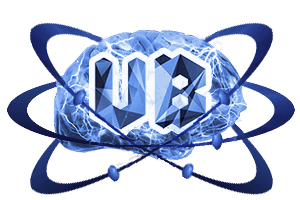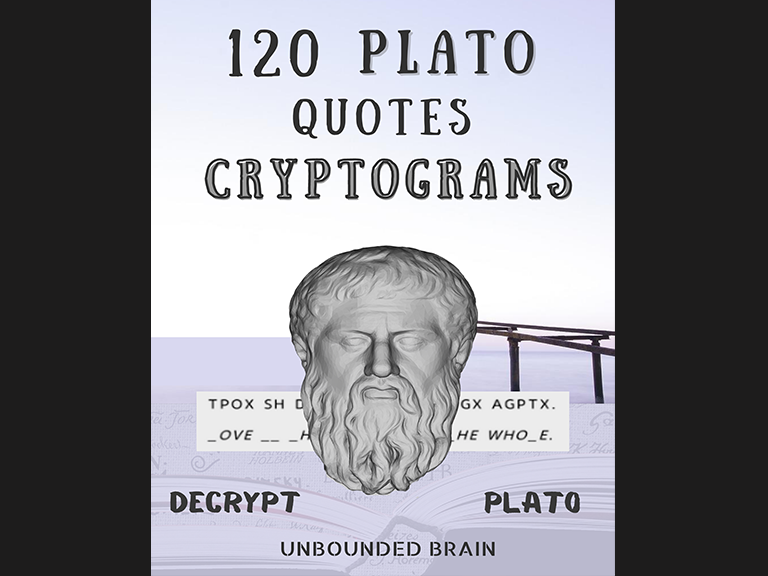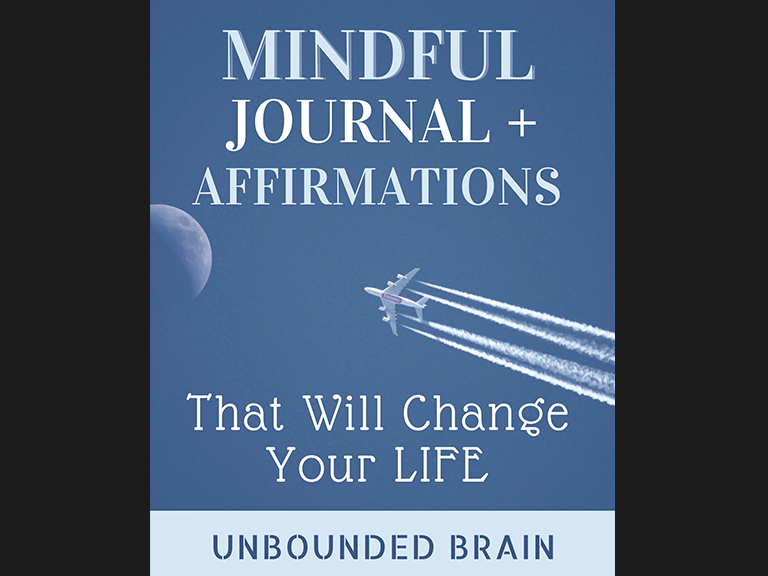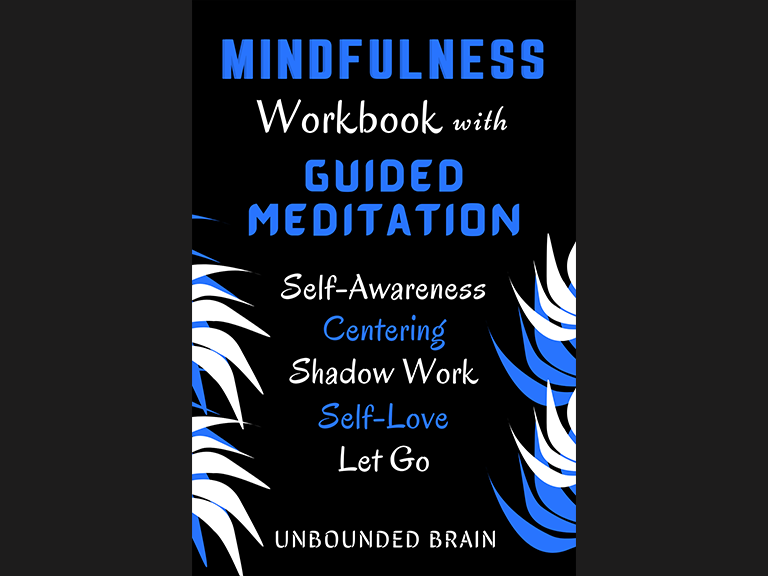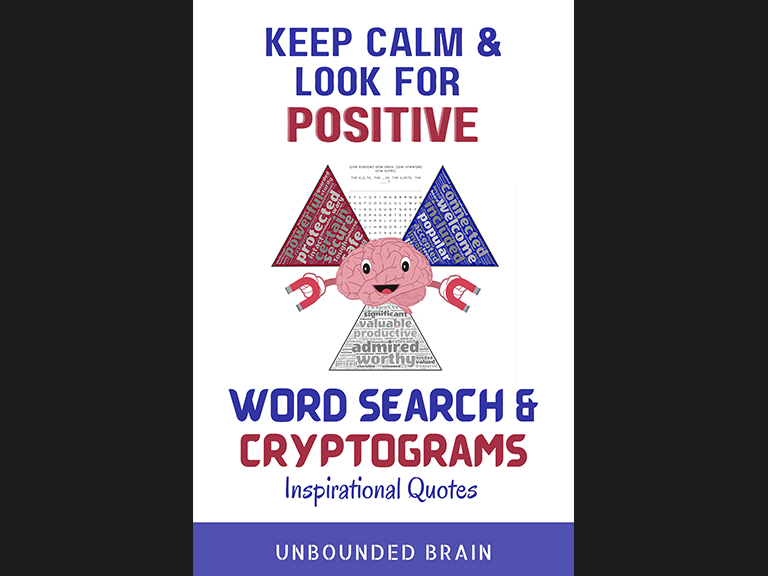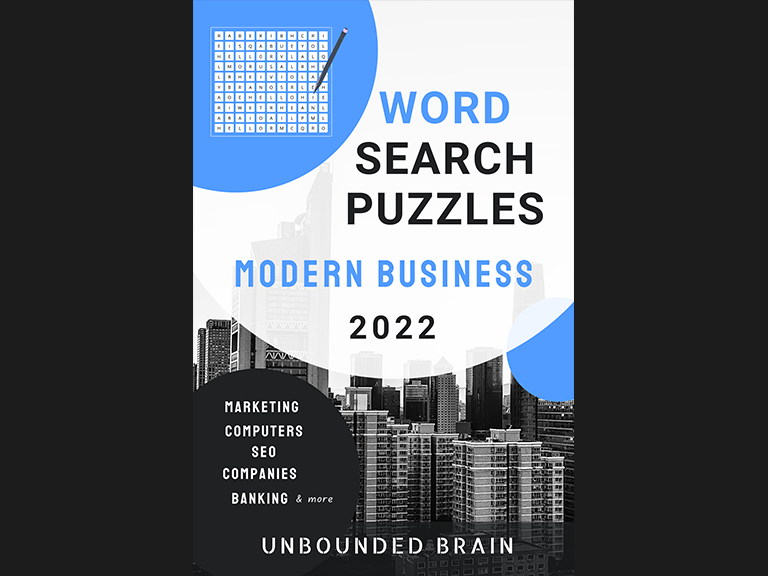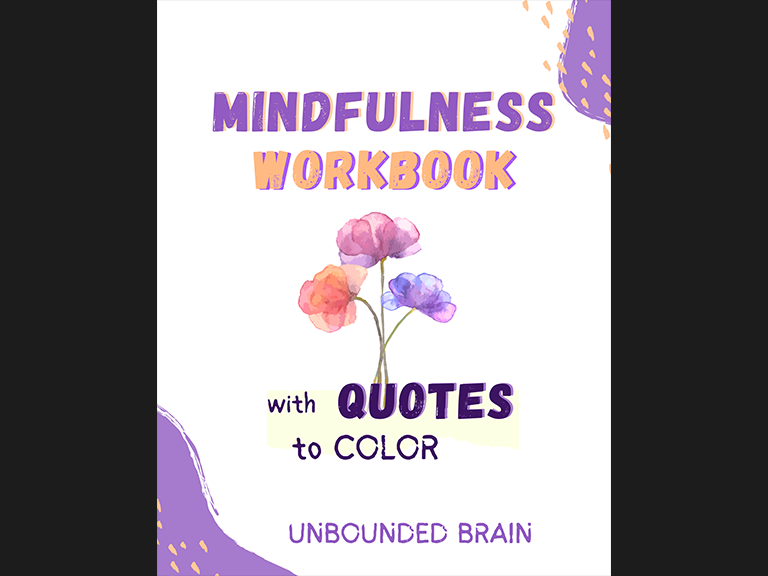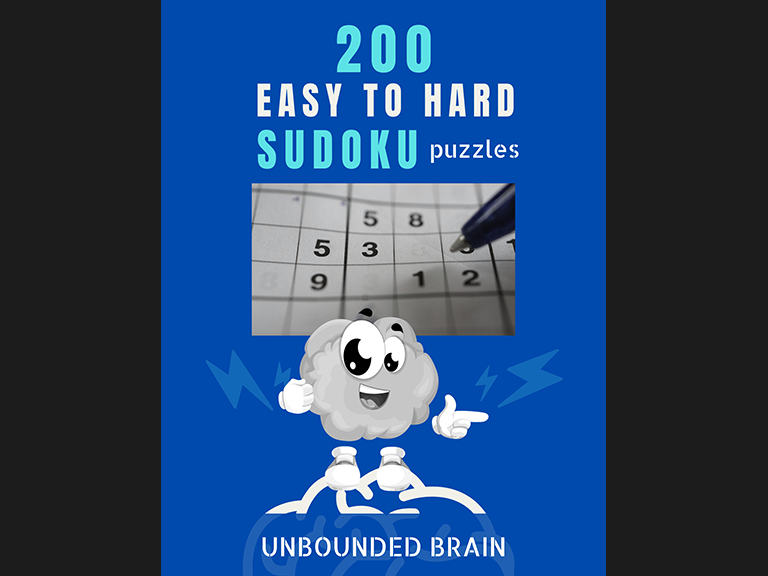Many people have a tough time committing things to memory, especially with all the information that surrounds us from many directions at a time.
After a few days, most of us can remember only 15–20% of the information we learned. This means that a huge percentage of the content has not been encoded properly, and it got lost somewhere in the long-term memory jungle. Not too funny, isn’t it?
Here are a few research-tested powerful tips for making any type of information stick in your brain effectively and for a long time.
Properly Save Your Information
Have you ever felt that using memory aids such as shopping lists, computer Due Date, Reminders or simple sticky notes are somehow embarrassing? Stop feeling bad about them. Studies proved that saving and organizing information in proper ways is highly helpful in the memory process. In fact, what is memory if not the storage and later retrieval of information? All means of information storage that make information available for later access will unload cognitive burden and frees your brain to be more effective at remembering new things. Moreover, your worry about forgetting things will be sensibly reduced.
Think in hierarchies
Keeping your files and documents properly organized, easily searchable, and accessible is a must in a world of information overload. You know you are well-organized when you are capable to find any of your documents without using Windows Search.
When you organize the information on your personal computer, start from the premise that everything fits into a category or hierarchy of similar things. At the top, you have the most general category (a folder) that encompasses all the subcategories. At the bottom level, you have the files. All the folders and files must have clear, semantic names. It’s very important to know exactly where to look for the needed information.
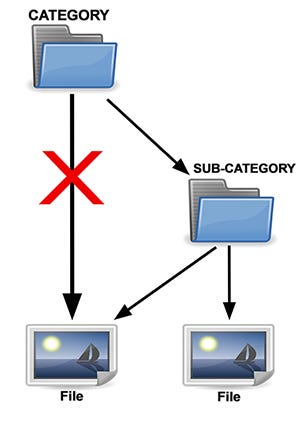
Here are a few great online tools that can help you better organize your information: Evernote, Google Docs, OneNote Online, Google Calendar, Sticky Notes, WiseMapping
Group the Items to Memorize in Related Categories
The human brain tends to organize things in groups. Different objects that have related categorical meanings are often easier to remember as a unit.
For example, in a list of words that include lemon, orange, mandarin, and grapefruit, recalling any of these words will help to remember the other three because they have a related meaning of citrus fruits.
When you have multiple items to remember, group them into connected categories and your memory performance will improve dramatically.

Mental Representation + Drawing = Strong Memory
According to many researchers, the most efficient way to remember something is to build a mental image representation of that thing.
It was revealed that people with a very good memory use some form of visualization that converts each item to memorize into a mental picture.
Research showed that, in the memorization process, drawing the object is more powerful than saying it out loud or writing the word that represents it.
It was proven that the act of drawing enhances memory by entraining the ‘semantic, visual, and motor aspects of a memory trace.’ (Wammes et al., 2016)
One of the best ways to memorize is to draw the object. The results will be remarkable. The drawing doesn’t have to be too elaborate. A minimal sketch is enough, just to have a visual representation of the object. This will definitely stick in your mind.

“Spaced Repetition” – the Mother of Learning

Our brain stores information that it marks as important. It consolidates memories of things that it comes across frequently. Revisiting information regularly is a necessary step in the memorization process. As researchers prove, by spacing out our studying, we are allowing new neural connections to strengthen. The spaced repetition produces long-term, solid memorization, as it forces the brain to respond to the repeated stimulus by reinforcing the connections between nerve cells. It has been proven that our brain learns more effectively when we space out our studying over time than learning the same amount of information in a single session.
Once the previously learned information is memorized and mastered, new material can be added to the study.
How often should we review the previously studied material?
There is no such thing as ‘the best-spaced repetition schedule’. Everybody has his/her own rhythm of learning and reviewing the learned material. Still, I will share with you a spaced repetition algorithm that works great for many people.
1. You study some new content.
2. 1 hour later: spend 10–15 minutes reviewing the learned content.
3. 1 day later: spend 10–15 minutes reviewing the learned content and, at the same time, outline the key ideas and write them on a separate (physical or digital) piece of paper.
4. 1 week later: spend 10–15 minutes reviewing the dominant ideas of the content.
Then, you can return to the learned material every week to review only the important ideas. In this way, the core of the information won’t be lost somewhere in the memory jungle 😊
Make a Song Out of the Information

You got it right. Just put it on music.
Carl Henderson, Professor of Psychology in Austin, recommends using so-called ‘mnemonic devices’ to improve memory. “A mnemonic is simply a way to remember information. For example, you might associate a term you need to remember with a common item that you are very familiar with. The best mnemonics are those that utilize positive imagery, humor, or novelty.” states the professor.
Who doesn’t remember the famous ‘ABC’ song written to aid children in memorizing the alphabet? That song helped many of us memorize twenty-six letters in no time.
Why wouldn’t you use this technique as an adult too, to better remember the information? Associating music with learning makes memorization much easier, quicker, and funnier.
This is not a recent discovery, it comes from Ancient Greece, and it is part of the so-called mnemonic techniques. The old Greek word mnēmonikos means ‘related to memory’.
Mnemonic refers to any learning technique that aids the retention of a large amount of information, making memorization an easier task. It can be an image, song, rhyme, or acronym that helps remember a list of facts in a certain order. This technique is especially useful for those people who can learn songs, or poems easily. But not only.
Our brain deals with music in a very special way. It was proven that musical memories are the most powerful and durable. The simple addition of familiar rhythm and melody can make the difference, being very effective in memorizing things.
Why not give it a try? Choose a math formula (or whatever complex information you need to remember) and sing it to a familiar tune.
Super Brain Breathing for a Great Memory and Focus

Controlled breathing is actually one of the most powerful tools we have to maintain our brain in a good health state. By breathing, we can control the quantity of oxygen that enters our body and fuels nerve cells.
Studies revealed that the rhythm of breathing directly affects neural activity in a network of brain areas involved in attention, memory, and emotions.
The following breathing technique (called ‘Super Brain Yoga’) has been scientifically proved to energize the brain cells and enhance memory, focus, and learning skills.
Morning is the best time to perform this exercise. Before starting, it’s better to remove any jewelry.
Here are the steps:
1. Stand up, with the feet pointing straight forward; spread them apart about shoulder width. Place your tongue on the roof of the mouth.
2. Hold your right earlobe with the thumb and finger of your left hand and your left earlobe with the thumb and finger of your right hand. Cross your arms over on the chest.
3. Inhale deeply through the nose as you squat down and hold the position for three seconds.
4. Exhale as you stand up.
Practice this exercise for three minutes every day. If it seems too much at first, start with one minute. The results will be noticeable.
PS. Reminder: keep it up no matter what! Positive thinking is the key to many things 😊
Infographics – in Short
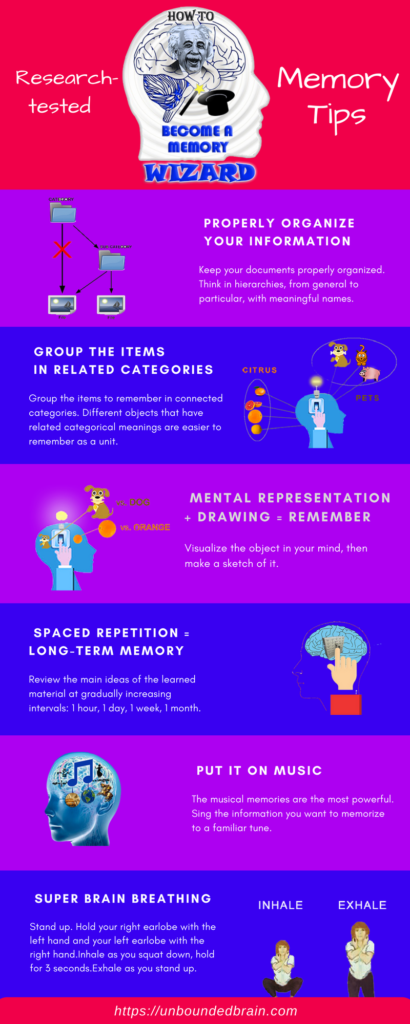
Whether you use your pen for planning, mental health tracking, self-care journaling, or puzzling, we’ve got you covered. Check out our self-care workbooks, mindfulness journals, books, planners, and brain-challenging puzzles.
